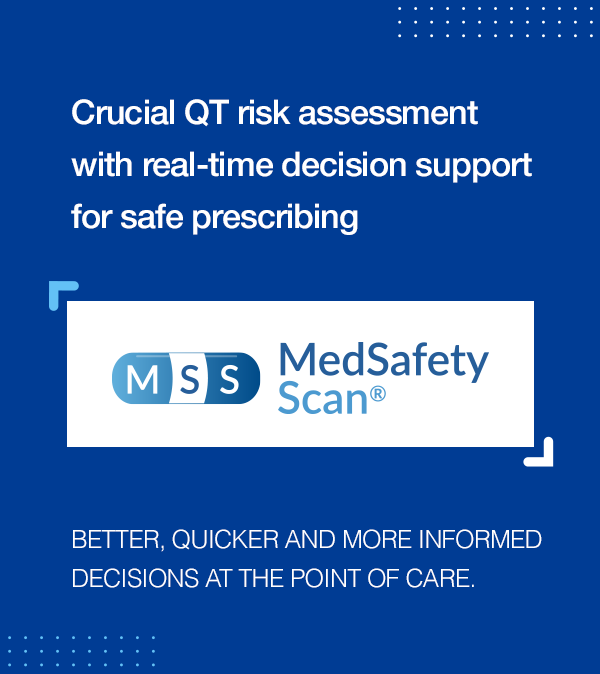Ciprofloxacin: Potential for Adverse Drug Interactions
November 14, 2001
Ciprofloxacin (Cipro®, Bayer), is one of the medications approved by the Food and Drug Administration for use after exposure to inhaled anthrax. It is among the top selling drugs in the United States and is used to treat a variety of other infections including urinary tract infections, skin infections, and pneumonia.
Medications are often metabolized by enzymes in the liver so that the medication can be more effectively removed from the body. Drug interactions can occur when one medication interferes with the removal of another medication. Ciprofloxacin can inhibit (prevent the activity) one of the pathways that is used to eliminate medications from the body. This pathway works through an enzyme in the liver known as cytochrome P450 1A2. This pathway is also called CYP1A2. Some of the medications that use CYP1A2 for an elimination pathway are listed in Table 1 (for more details, refer to drug-interactions.com). If CYP1A2 is inhibited, and the dose of these medications is not reduced, the medicine could accumulate in the body to levels that could cause serious adverse drug reactions.
Ciprofloxacin could inhibit the metabolism of the medications listed in Table 1, and these interactions could result in adverse reactions. For example, ciprofloxacin reduces the clearance of theophylline, and seizures have been reported when ciprofloxacin has been taken with theophylline. To prevent this, the dose of theophylline should be reduced, and theophylline plasma concentrations monitored when a patient begins taking ciprofloxacin.
Table 1
Medications Metabolized by CYP1A2
|
Medication |
Brand Names |
Common Therapeutic Uses |
|
Clozaril® |
Antipsychotic (for schizophrenia) |
|
|
Flexeril® |
Skeletal Muscle Relaxant |
|
|
Tofranil® |
Antidepressant (for depression); Enuresis (bedwetting) |
|
|
Zyprexa® |
Antipsychotic (for schizophrenia) |
|
|
Inderal® |
Hypertension (high blood pressure); Myocardial Infarction (heart attack) |
|
|
Cognex® |
Alzheimer's Disease |
|
|
Theo-Dur®, Slo-bid®, Theolair®, and others |
Asthma |
Note: Medication names are hyperlinked to references in PubMed
In addition to inhibiting drug metabolism, ciprofloxacin could be involved in other types of drug interactions. Since ciprofloxacin can have adverse effects in the brain, including seizures, it should be used cautiously with other drugs that can have similar effects. Finally, antacids, sulcralfate, and products containing calcium, iron, or zinc (such as in vitamin supplements) can interfere with the oral absorption of ciprofloxacin when they are taken at the same time as ciprofloxacin, and can result in a therapeutic failure of ciprofloxacin. Therefore, those products should be taken either 6 hours before or two hours after the dose of ciprofloxacin.
Before a patient begins taking ciprofloxacin for any reason, the prescribing physician as well as the pharmacist dispensing the medication should obtain a complete list of medications that the patient is currently taking, as well as a list of medications the patient has recently stopped taking. This list should include prescription medications, as well as nonprescription medications and natural products such as herbal therapy. A form that patients can use to keep track of their medications can be found on this web site. The medication record form can be printed and filled out, and should be shown to health care providers at each visit. By carefully reviewing the medication record, many drug interactions can be prevented. Click here to view and print the medication record form.

Return to Drug Interaction Advisory Index.











